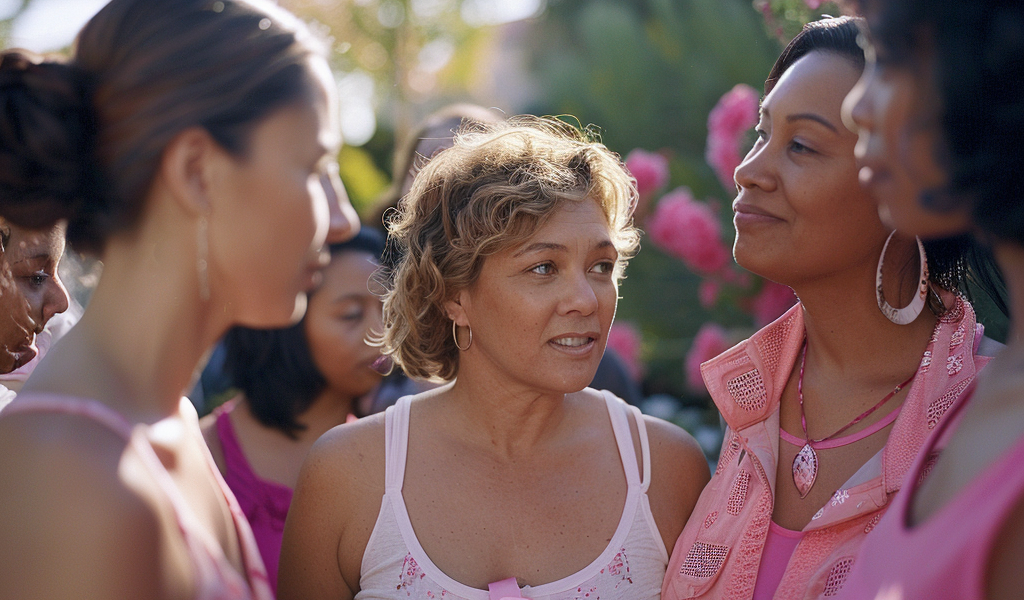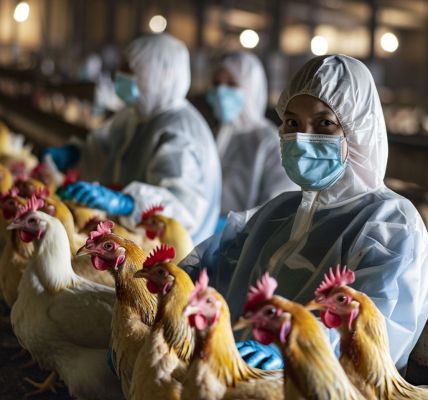In a concerning trend, breast cancer rates are on the rise among younger women in the United States, according to a recent report by the American Cancer Society. The report highlights that from 2012 to 2021, breast cancer, which is the second leading cause of cancer deaths among women in the U.S., has increased by an average of 1 percent per year. This increase is particularly pronounced among women under the age of 50 and Asian American/Pacific Islander women of all ages.
The findings, published in a comprehensive biennial report, reveal that approximately one in 50 women in the U.S. will develop invasive breast cancer by the age of 50, based on estimates from the National Cancer Institute. The report underscores a significant rise in breast cancer cases among younger demographics, with women in their 20s experiencing an annual increase of about 2.2 percent, despite their overall risk remaining relatively low at around 6.5 cases per 100,000 women.
Asian American and Pacific Islander women, who have historically reported lower rates of breast cancer, are also seeing alarming trends. The report indicates that the incidence of breast cancer in women under 50 in this demographic has risen by 2.7 percent per year, while older women in this group are experiencing an increase of 2.5 percent annually.
Traditionally, cancer has been viewed as a disease that predominantly affects older individuals, and this perception remains largely accurate. The majority of breast cancer cases and related deaths still occur among older women. However, the recent data points to an unsettling rise in early-onset cancers, which pose unique challenges for both patients and healthcare providers.
Early-onset cancers, including breast cancer, often present aggressively and can be missed during routine screenings, as these screenings are typically targeted at older populations. This gap in detection is particularly concerning given the increasing incidence of breast cancer among younger women.
The implications of these findings are significant, as they suggest a need for increased awareness and potential changes in screening practices. Health professionals may need to consider the inclusion of younger women in routine screenings or develop more targeted educational campaigns to inform this demographic about the risks and symptoms of breast cancer.
As the statistics reveal a growing trend, it is essential for women, especially those under 50, to be vigilant about their breast health. Awareness of family history, understanding personal risk factors, and recognizing the early signs of breast cancer can play a crucial role in early detection and treatment.
Furthermore, the report calls attention to the need for ongoing research to understand the underlying causes of this increase in breast cancer rates among younger women and specific populations. Investigating lifestyle factors, environmental influences, and genetic predispositions may provide insights that could lead to more effective prevention strategies.
In summary, the rising rates of breast cancer among younger women and specific ethnic groups highlight an urgent public health concern. As awareness grows, it is crucial for women to engage in proactive health management and for healthcare systems to adapt to these changing trends in cancer incidence.





